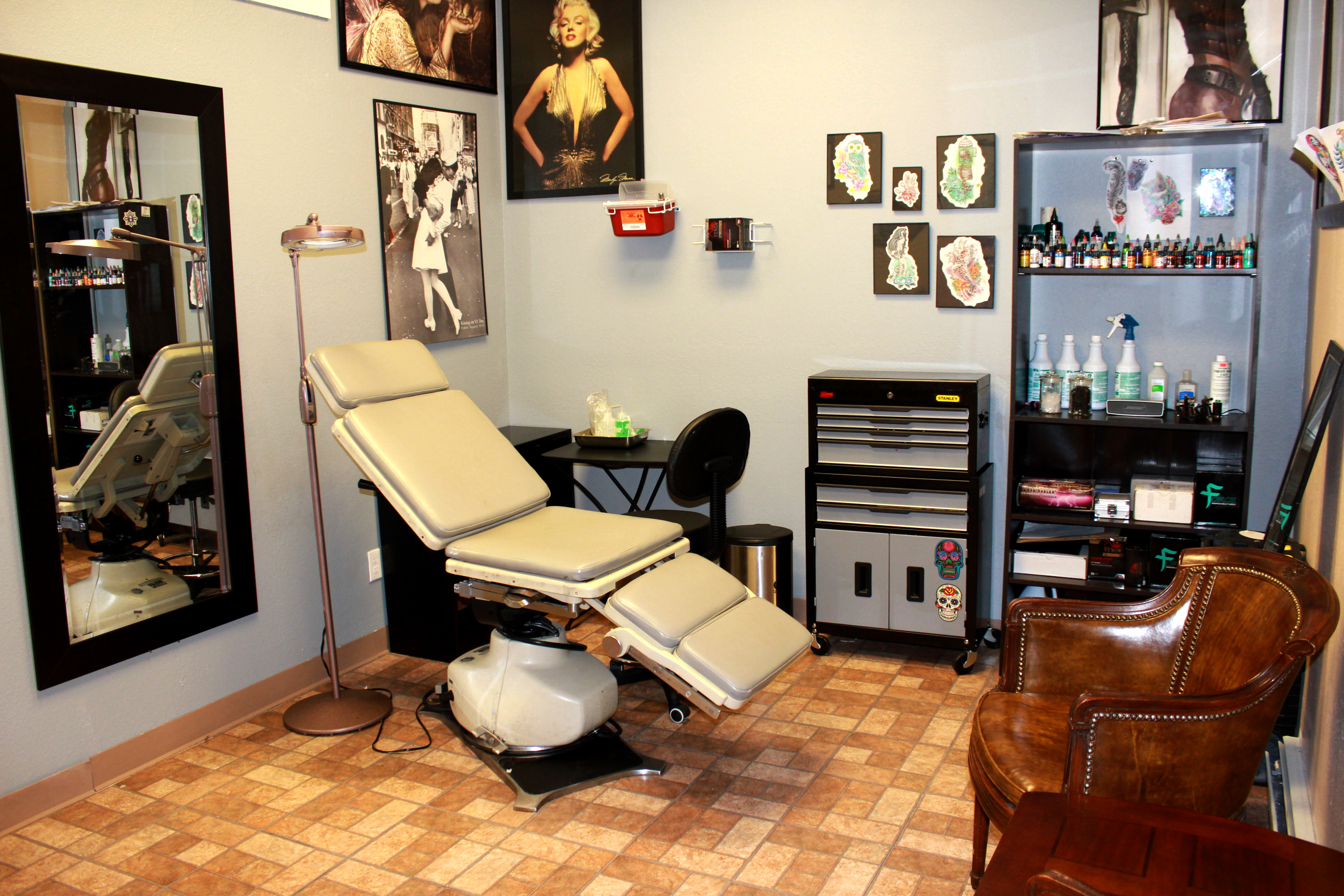Skin Deep: A Journey Into Tattoo Fashion Fashions

Ink have long transcended just body art, transforming into a declaration of identity, culture, and personal history. From historic civilizations that used ink on skin as rites of passage to the modern tattoo studio that serves as a refuge for self-expression, the journey of tattoo fashion is as rich as the diverse designs imprinted into our skin. As societal norms shift and artistry flourishes, tattoos have redefined their place in fashion, becoming a significant form of storytelling intertwined with individual style.
The growing acceptance of tattoos in popular culture reflects broader changes in societal attitudes toward body art. What was previously considered taboo has transformed into a celebrated medium for creativity and individuality. Today, tattoo studios are busy hubs where creativity knows no bounds, offering everything from complex designs to minimalist illustrations, catering to a wide array of tastes and preferences. In this exploration of tattoo fashion trends, we will delve into the dynamic landscape of inked artistry and its indelible mark on modern style.
The Evolution of Tattoo Trends
Tattoo fashion has transformed considerably throughout history, reflecting civic shifts and personal expression. In the beginning, tattoos were associated with cultural identity and rites of passage, as demonstrated in various historic civilizations. Cultures around the world used ink to represent position, beliefs, and even acts of bravery. As cultures advanced, the perception of tattoos began to change, moving from a mark of distinction to one of nonconformity and alternative culture during the 20th century.
With the growth of pop culture in the late 20th century, tattoos began to gain popular approval. Prominent figures like musicians and celebrities helped to change the narrative around tattoos, highlighting their aesthetic worth rather than disparaging them. The emergence of tattoo studios that focused on custom designs catered to a expanding audience eager to showcase their individuality through tattoos. This transformation signified a turning point where tattoos transitioned from the margins of society to a valued form of self-expression.
Today, tattoo fashion continues to be at the forefront of personal style, with trends that vary based on artistic innovation and societal approval. From simple designs to intricate full-body art, tattoos now serve as a distinct medium for narrative and personal branding. As more clients visit tattoo studios to make their bespoke art, the world of tattoo fashion remains lively and evolving, continually redefining what it means to wear ink.
Modern Methods and Aesthetics
The progression of tattoo fashion has seen significant advancements in both approaches and designs. Current tattoo studios are equipped with state-of-the-art equipment, enabling for greater precision and creativity. One significant development is the rise of tattoo machines that use rotary or coil systems, allowing artists to create detailed designs with little discomfort for clients. This has not only augmented the tattooing experience but has also broadened the scope of what can be made, moving away from traditional designs to more sophisticated expressions.
In the past few years, new styles such as aquarelle and geometrical tattoos have gained fame, drawing inspiration from various art trends. Watercolor tattoos mimic the fluidity of paint, incorporating bright colors and gentle edges, creating a one-of-a-kind piece that resembles a work of art rather than just skin art. On the other hand, geometric tattoos embrace equilibrium and lines, embodying a modern aesthetic that resonates with those seeking minimalistic yet striking designs. These creations reflect the varied tastes and preferences of modern tattoo enthusiasts.
Furthermore, the cultural interaction among tattoo artists worldwide has led to combined styles that blend traditional techniques with contemporary flair. For example, merging tribal elements with contemporary illustrative techniques creates a special fusion that appeals to a broad audience. This mixing of ideas highlights the versatility of tattoos and underscores their lasting presence in fashion as a means of personal expression. As tattoo studios move on to innovate, they play a crucial role in shaping the future of this continuously developing art form.

Cultural Influences in Tattoo Art
Across history, tattoo craft has been shaped by the diverse weave of cultural impact that surround it. Different societies have embraced and adapted tattoos as a form of personal expression, faith, and self-identification. In earlier times, civilizations such as the Māori of Aotearoa and the indigenous tribes of the Americas utilized tattoos to signify social status, tribal affiliation, and significant life milestones. These tattoos were not only ornamental but served as an integral part of their cultural heritage, connecting individuals to their roots and society.
In contrast, the rise of Western tattoo culture arose from a mix of maritime traditions and defiance against societal norms. Sailors, soldiers, and bikers popularized tattooing as a emblem of toughness and uniqueness. This shift transformed tattoos from sacred rites to popular expressions, influencing the design seen today in tattoo studios worldwide. The evolution of tattoo aesthetics, from traditional American to neo-traditional and realistic art, reflects a culture constantly in flux, adapting to new ideas, techniques, and aesthetic preferences.
Moreover, the global landscape has played a crucial role in shaping contemporary tattoo styles. Access to varied styles from various cultures through journeys and online platforms has expanded the artistic techniques and symbolic significance meanings accessible to tattoo enthusiasts. tattoo studio frankfurt draw inspiration from Japanese ukiyo-e, tribal motifs, and even modern abstract artworks, creating a dynamic fusion that transcends cultural boundaries. This blending of cultural influences continues to innovate the tattoo landscape, guaranteeing its importance and attraction in the current trend-driven world.
